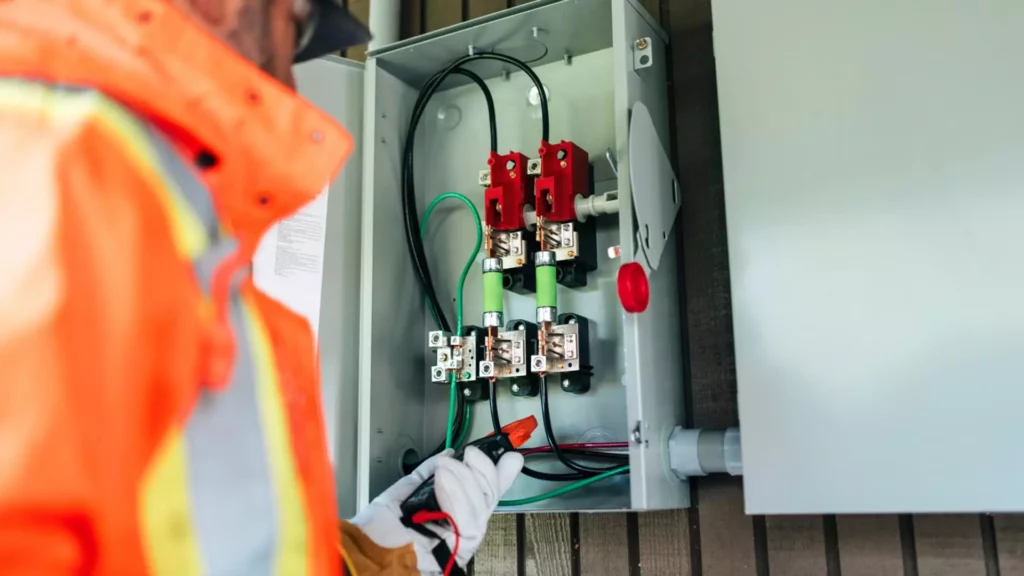![]()
The Inflation Reduction Act is set to release $8.8 billion in rebates tied to home energy efficiency, giving homeowners and landlords the opportunity to save on certain upgrades to their properties. These federal rebates, which can amount to $14,000 per household depending on the state’s program design, aim to offset the costs of projects like installing electric heat pumps, insulation, electrical panels, and Energy Star-rated appliances. The Department of Energy (DOE) expects these programs to save households $1 billion a year in energy costs by enhancing efficiency.
New York has become the first state to receive approval for the Home Energy Rebates program, with $158 million allocated for the initiative. Other states like California, Texas, and Florida have also been granted significant funding. With eleven additional states applying for funding and many others in the process, the goal is to have all programs launched within the next year.
The Inflation Reduction Act divided the $8.8 billion rebate funding between the Home Efficiency Rebates program and the Home Electrification and Appliance Rebates program. The former pays consumers for energy-saving upgrades based on their overall energy cuts, while the latter offers specific amounts for purchasing technologies and services. Examples of rebates under the Home Electrification and Appliance program include up to $1,750 for an ENERGY STAR electric heat pump water heater and up to $8,000 for an ENERGY STAR electric heat pump for space heating and cooling.
Consumers must be mindful of the differences between the two programs and ensure they do not double-dip by applying for rebates under both. While the Home Efficiency Rebates program rewards energy cuts based on household savings, the Home Electrification and Appliance program offers fixed amounts for specific technologies. It’s worth noting that renters can also benefit from these programs as long as they inform their landlords about the upgrades.
Rebates are intended to be administered at the point of sale, either through upfront discounts at retailers or reduced project costs from contractors. However, the exact implementation may vary by state, so consumers should stay informed about the specific details in their region. To accelerate the uptake of these rebate programs, some consumers may opt to take advantage of other funding opportunities under the Inflation Reduction Act, such as tax incentives for home efficiency improvements.
As the Home Energy Efficiency Rebates program begins to roll out across various states, consumers have the chance to make significant savings on energy upgrades and enhance the sustainability of their properties. By understanding the nuances of each rebate program and the eligibility criteria, homeowners and landlords can capitalize on these initiatives to reduce energy costs and contribute to a greener future.

Leave a Reply